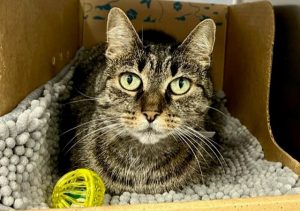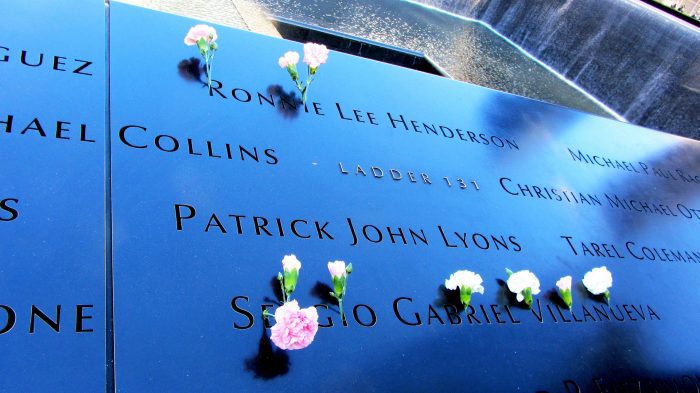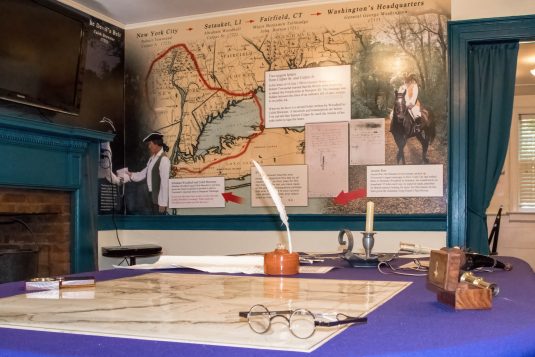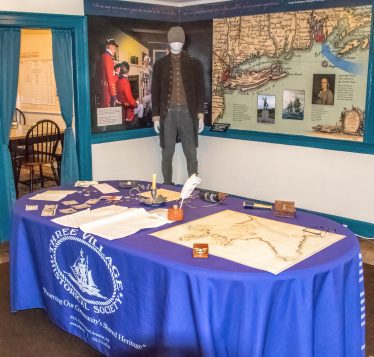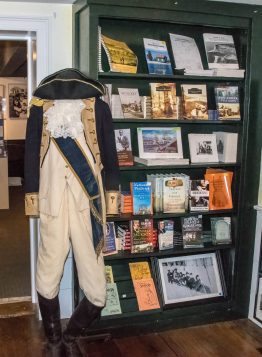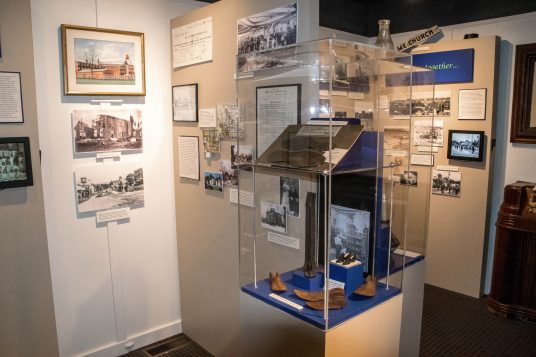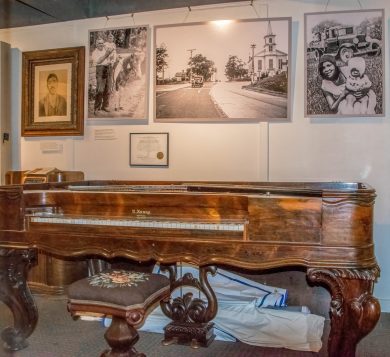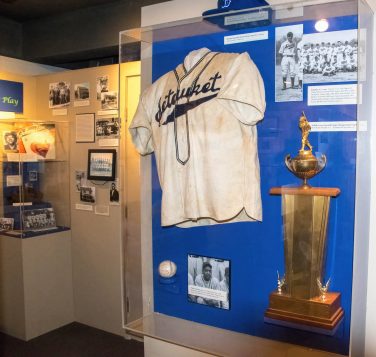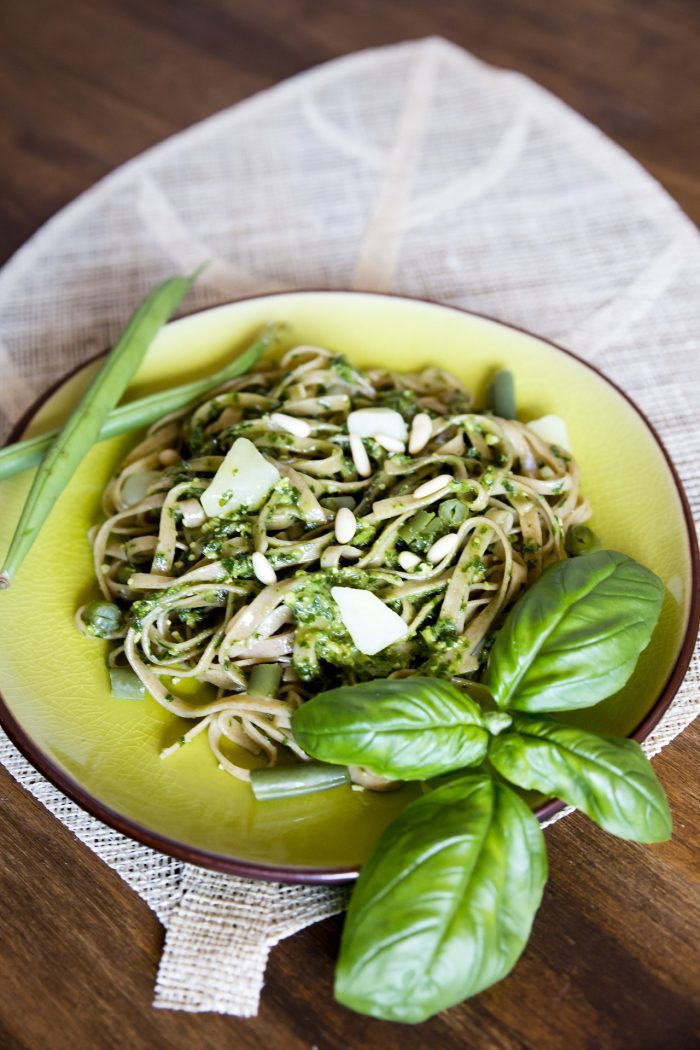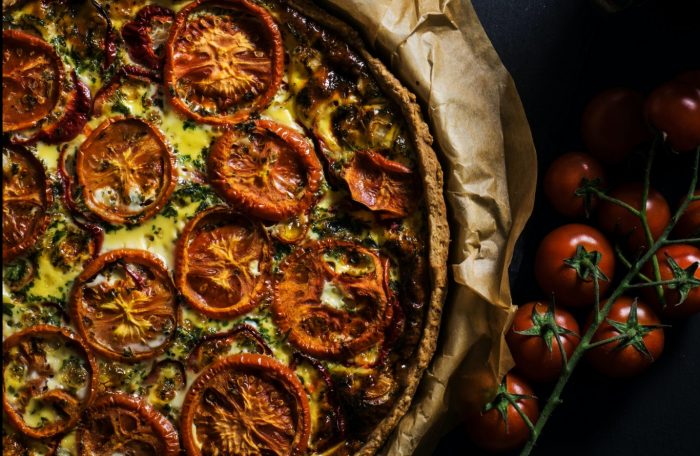By Daniel Dunaief
For well over two years, herd immunity, vaccination status, social distancing, masking and airborne particles became regular topics of conversation.
People have a range of understanding of these terms and how to apply them to understanding the fluid conditions that are an evolving part of the pandemic.

This summer, with funding from the National Science Foundation, a group of scientists and doctors from Brookhaven National Laboratory, Stony Brook University, New York University and MoMath, the National Museum of Mathematics, worked together with middle school and high school teachers around Long Island to prepare lesson plans on how to use and understand the application of statistics to the pandemic.
“It was a wildly successful summer,” said Dr. Sharon Nachman, Chief of the Division of Pediatric Infectious Diseases at Stony Brook Children’s Hospital. “We spent hours and hours of time” working with teachers who developed lessons that addressed a host of issues related to COVID-19.
It was “an amazing experience” and the teachers “were the best part,” said Dr. Nachman.
Allen Mincer, Professor of Physics at New York University, has been working on and off with BNL for over two decades on various educational programs. He has been more actively engaged in the last four years.
As he and his collaborators were discussing possible educational outreach topics, they focused on the disruptive disease that changed the world over the last few years.
“This year, we were talking about it and, instead of doing random applications of statistics, we figured, why not do something that’s very practical in everyone’s mind,” Mincer said.
The projects and discussions, which were all conducted virtually, centered on numerous misconceptions people have about the pandemic. Teachers focused on questions including: what is the “efficiency” of a vaccine and how is it determined, what does a positive virus test result mean, if I am vaccinated, why do I care if others are, why take a vaccine when there are side effects, and I have to go to school and mix with people, so why shouldn’t I also let down my guard in other ways, among others.
“The challenges that this virus brings concerning topics like herd immunity was very interesting,” said Scott Bronson, manager of outreach to K-12 teachers and student for BNL’s Office of Educational Programs.
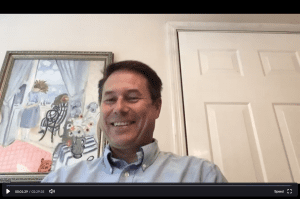
For teachers and their students, the realities of the pandemic were the backdrop against which these teachers were seeking to provide guidance. “It was happening live,” said Bronson. “What is herd immunity? That’s where the work of [Dr. Nachman and Mincer] came together beautifully.”
Bronson added that students will have a chance to explore the kinds of questions pharmaceutical companies are addressing, such as “What would you want the next vaccine to do” and “What would you do to make the vaccine better at preventing infection.”
The organizers put together teams of three to four high school and middle school teachers who created statistics lessons plans for the group.
“The way we worked it out, we put teachers in groups,” said Aleida Perez, supervisor of student research and citizen science programs for Brookhaven National Laboratory’s Office of Educational Programs. “We wanted to have different teachers with different courses and different perspectives on how to do things.”
One of the overarching goals was to help students understand such lessons as what it means to have a negative result on a virus test or what it meant when scientists and pharmaceutical companies described a vaccine’s efficacy.
The teachers explored the probability of side effects like myocarditis and whether the “benefit outweighs the risk of taking the vaccine,” Perez said.
For many of the teachers, the discussion expanded beyond COVID to an analysis of any infectious agent. Indeed, one of the groups of teachers described a zombie apocalypse.
The teachers provided a “nice overview to look at the education of public students,” said Perez.
The group hopes to make these lessons available for other teachers, although they haven’t determined where or how to post them.
The scientific team also hasn’t determined yet how to measure the long term impact or effectiveness of these lessons.
ATLAS project
As a part of the team involved in the ATLAS physics program at the Large Hadron Collider in Geneva, Switzerland, Mincer uses statistics to design, test and implement the tools to pick and choose from numerous reactions and then to study the data collected.
“We actually keep about a billion events out of the 100 trillion or so interactions the LHC produces in a year,” Mincer explained.
In previous years, Mincer has taught about statistics in general and its use in ATLAS. This year, he focused on statistics and its application to pandemic questions.
Several years ago, Mincer taught a freshman seminar called “Great science, fabulous science and voodoo science,” in which he described what students could learn from statistics, how the media covers science, science and government policy and how lawyers use science in the courtroom.
“After explaining statistics [and sharing] why we can only say we have evidence down to this level, I had a student tell me he’s dropping out of science as a major because he wanted certainty and I disillusioned him,” Mincer said.
As for the work with the high school teachers, Mincer said it was “great what they have been able to do” in preparing lessons for their students and sharing information about statistics.
Mincer has received some additional funds from the NSF to support two more such educational outreach programs, one of which will tentatively cover climate change.
“Statistics can be used to quantify the likelihood of events in the absence of climate change,” he explained.
Statistics provide a tool to document subtle but potentially significant changes in climate.
While Bronson wouldn’t commit to a discussion of climate change for the next group of teachers, he said he “wouldn’t be surprised if we look at climate change” and that “there’s a lot of interesting areas to explore in this field.”

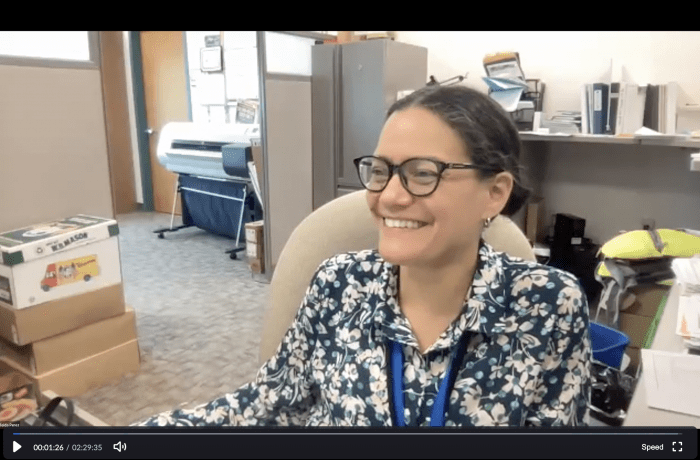

 Welcome to the ninth edition of Paw Prints, a monthly column for animal lovers dedicated to helping shelter pets find their furever home!
Welcome to the ninth edition of Paw Prints, a monthly column for animal lovers dedicated to helping shelter pets find their furever home!




